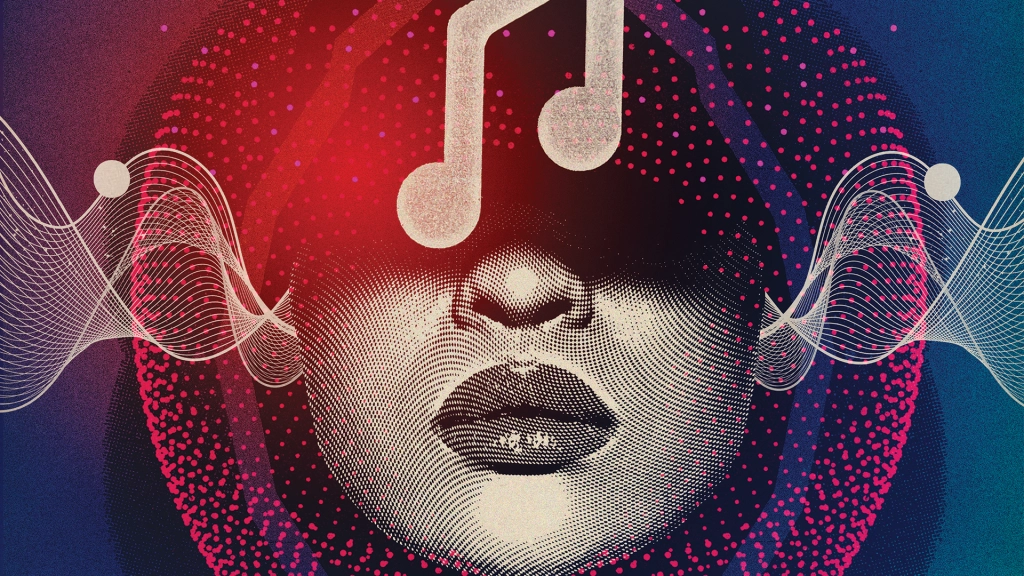Introduction:
Music has an enchanting way of captivating our emotions, evoking memories, and uniting people from diverse backgrounds. It is a universal language that transcends barriers and has given rise to an incredible array of genres, each with its unique flavor and story. In this article, we embark on a melodious journey to explore various music genres, uncovering their origins, and appreciating the rich tapestry of human creativity and cultural expression.
- Classical Music: The Elegance of Timeless Compositions Classical music traces its roots back to the medieval and Renaissance eras, flourishing during the Baroque, Classical, and Romantic periods. Originating in Europe, it is characterized by its intricate compositions, harmonic complexity, and grand orchestral arrangements. Composers such as Mozart, Bach, Beethoven, and Chopin paved the way for symphonies, sonatas, concertos, and operas that continue to resonate with audiences worldwide.
- Blues: The Soulful Expression of African-American Struggles Emerging from the African-American communities in the United States, the blues genre embodies the heartfelt narratives of resilience and struggle. Rooted in spirituals, work songs, and field hollers, blues music evolved in the early 20th century. Artists like Robert Johnson, B.B. King, and Muddy Waters poured their emotions into soulful guitar licks and passionate vocals, making the blues a foundation for later genres like rock ‘n’ roll.
- Jazz: The Spirited Syncopation of Improvisation Born in the early 20th century, jazz is a genre that celebrates improvisation, syncopated rhythms, and complex harmonies. Originating in African-American communities, particularly in New Orleans, jazz found its pioneers in legends like Louis Armstrong, Duke Ellington, and Miles Davis. With its vibrant brass sections, swinging melodies, and improvisational solos, jazz continues to captivate listeners with its expressive and ever-evolving nature.
- Rock ‘n’ Roll: The Rebel Yell of Youthful Energy Rock ‘n’ roll burst onto the music scene in the 1950s, revolutionizing popular music with its raw energy and rebellious spirit. Rooted in a fusion of rhythm and blues, country, and gospel, this genre saw the rise of influential figures like Elvis Presley, Chuck Berry, and Little Richard. With its electric guitars, driving rhythms, and impassioned vocals, rock ‘n’ roll became a symbol of youth culture, individualism, and social change.
- Hip-Hop: The Urban Poetry of Marginalized Voices Originating in the African-American and Latino communities in the Bronx during the 1970s, hip-hop quickly became a powerful voice for cultural expression and social commentary. Combining elements of rap, DJing, breakdancing, and graffiti art, hip-hop artists like Grandmaster Flash, Run-D.M.C., and Public Enemy paved the way for a global movement. With its rhythmic wordplay, infectious beats, and storytelling prowess, hip-hop continues to evolve and empower marginalized voices.
- Electronic Dance Music (EDM): The Beat-Fueled Evolution of Dance Culture EDM emerged in the late 20th century, fueled by advancements in electronic music production. With its origins in disco, house, techno, and other electronic genres, EDM encompasses a wide range of subgenres like trance, dubstep, and drum and bass. Artists such as Daft Punk, Skrillex, and Calvin Harris pushed the boundaries of sonic experimentation, creating infectious beats and euphoric melodies that dominate dance floors worldwide.
Do you find Xclusiveplay useful? Click here to give us five stars rating!
